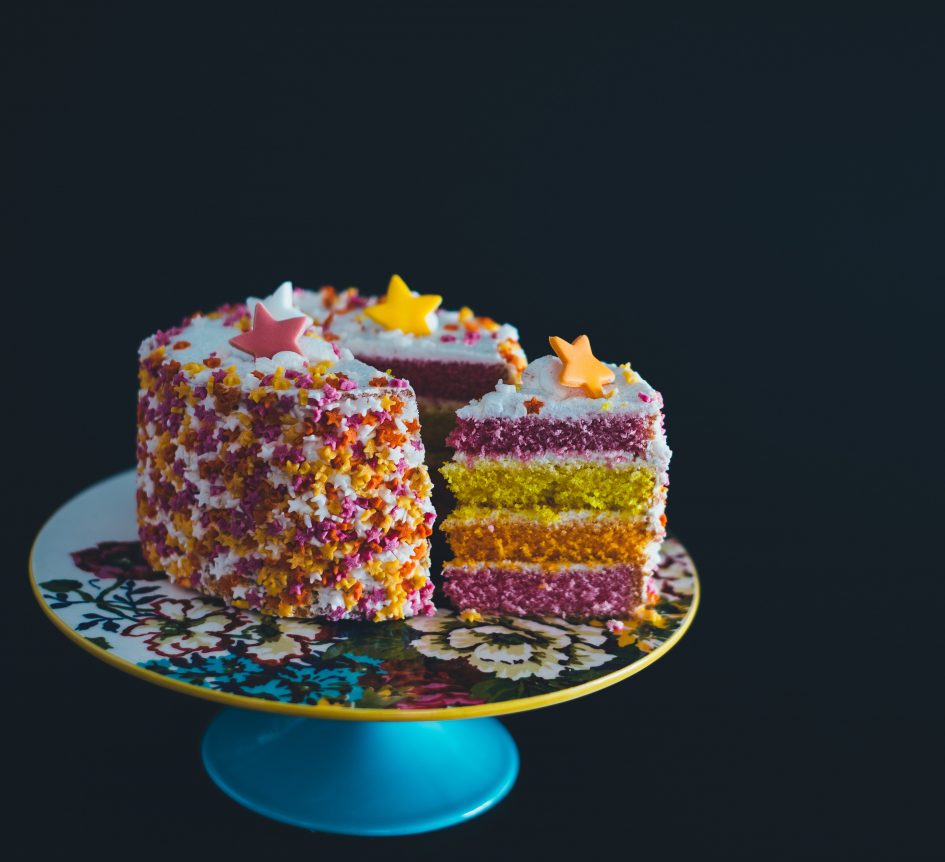What Does It Mean to Be Gluten-Free?
Being gluten-free means not eating the protein called gluten. Gluten acts as the glue that holds foods together and helps them maintain their shape. Gluten is found in grains, such as wheat, rye and barley, and causes intestinal damage when eaten by people with a gluten intolerance or allergy, such as those with celiac disease. Eating a gluten-free diet may help individuals with gluten intolerance control their symptoms and improve their quality of life.
Who Should Be Gluten-Free?
Those who have a gluten-related allergy should consult their health care provider to learn more about living a gluten-free lifestyle. If any of the following symptoms occur when you ingest glutenous food products (see below), consult your health care provider or a physician specializing in celiac disease or gluten-related disorders.
Common symptoms of celiac disease in adults include:
- Unexplained iron deficiency, anemia
- Fatigue
- Bone or joint pain
- Arthritis
- Bone loss or osteoporosis
- Depression or anxiety
- Tingling numbness in hands and feet
- Seizures or migraines
- Missed menstrual periods
- Infertility or recurrent miscarriage
- Canker sores inside the mouth
- An itchy skin rash called dermatitis herpetiformis
If you are considering starting a gluten-free diet, consult a dietitian who can support you and answer questions about eliminating gluten while still maintaining a balanced and nutritious diet.
Gluten-Free Foods
Living gluten-free is not as difficult as it may sound. All it takes is a little research and know-how. Many grains and starches can be part of a gluten-free diet, too. (Check out the list below.) But it is important to ensure these grains are not processed or mixed with other gluten-containing grains, additives or preservatives, so always read the package and label before purchasing.
Here are examples of gluten-free foods:
- Beans, seeds and nuts in their natural, unprocessed form
- Fresh eggs
- Fresh meats, fish and poultry (not breaded, batter-coated or marinated)
- Fruits and vegetables
- Most dairy products
- Amaranth
- Arrowroot
- Buckwheat
- Corn and cornmeal
- Flax
- Chia
- Yucca
- Nut flours
- Gluten-free flours ( e.g., rice, soy, corn, potato, bean)
- Gluten-free oats
- Hominy (corn)
- Millet
- Quinoa
- Rice, wild rice
- Rice bran
- Sorghum
- Soy
- Tapioca
- Teff
Foods That Contain Gluten
If you are trying to reduce or eliminate gluten from your diet, avoid foods containing:
- Barley
- Brewer’s yeast
- Emmer
- Einkorn wheat
- Farro
- Malt (malt flavoring and malt vinegar are usually made from barley)
- Rye
- Triticale (a cross between wheat and rye)
- Wheat
- Wheatberries
- Wheat starch
- Durum
- Farina
- Graham
- Kamut
- Semolina
- Spelt
Avoid these foods, unless they are labeled “gluten-free”:
- Beer (including ales and lagers)
- Malt beverages and vinegars
- Breads
- Cakes and pies
- Candies
- Cereals
- Cookies and crackers
- Croutons
- Baked goods
- French fries
- Gravies
- Oats
- Imitation meat or seafood
- Matzo
- Pastas
- Pizza
- Processed lunch meat
- Salad dressings
- Sauces, including soy sauce
- Seasoned rice mixes
- Seasoned snack foods, such as potato and tortilla chips
- Self-basting poultry
- Soups and soup bases
- Vegetables in sauce
Unconventional Sources of Gluten
Did you know it is possible to ingest gluten from sources other than food? Below are some common items that may contain gluten.
- Lipstick, lip gloss and lip balm
- Sunscreen
- Communion wafers
- Herbal or nutritional supplements
- Drugs and over-the-counter medications
- Vitamins and mineral supplements
- Play dough (Children may touch their mouths or eat it. For a less toxic alternative, make DIY homemade play dough with gluten-free flour.)


